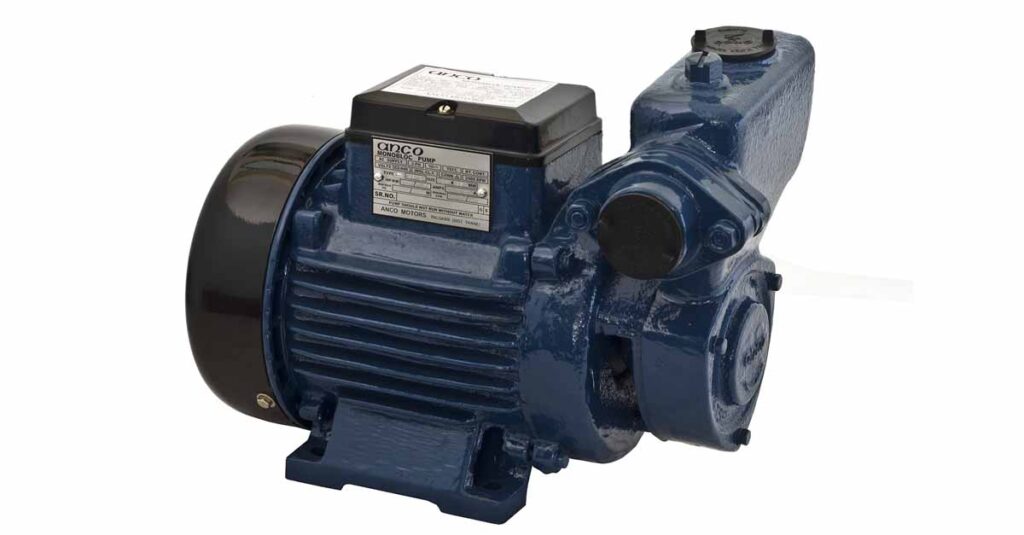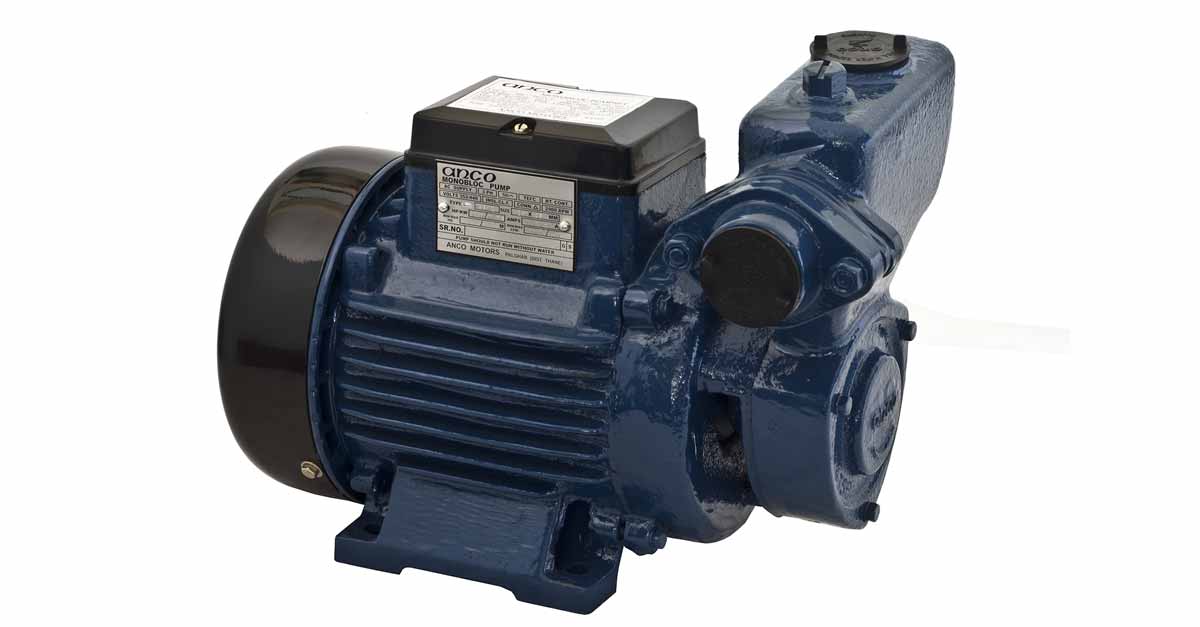A battery backup pump prevents flooded spaces when main pumps goes down. How to choose a battery backup sump pump?
It is always nice to have a basement, but no one ever wants theirs to be flooded. This is the reason why primary pumps are installed. However, more often than we would like, primary pumps can fail.
It is always nice to have a basement, but no one ever wants theirs to be flooded. This is the reason why primary pumps are installed. However, more often than we would like, primary pumps can fail.
This failure can be due to a number of reasons related to mechanical issues, power failure (primary pumps are designed to work with your home current), or excessive use.
When the primary pump fails, the result is a flooded basement. It is for this reason that the wise decision has always been (and still is) installing a battery backup sump pump.
How a Battery Backup Sump Pump Works?
The sump pump system uses typically a float, which triggers the sump pump to kick in when a particular water level is reached. The backup system works in the same way, but it needs to be installed higher than the primary pump.
This means that in the event the first pump does not work correctly, the water will continue to grow after which the second pump (the backup battery sump pump) will kick in. The electric battery is only going to be utilized once this is triggered.
As you can observe, the two sump pumps themselves usually do not actually connect directly. There is absolutely no technology that links the two. It is only that the main pump is set to work first, and if it fails to do so, the backup pump will take over. The simple fact that the two are not linked is clearly beneficial.
What Are the Different Types of Battery Backup Sump Pump?
Given the fact that there are different designs in the market, there exists a number of features to look out for when shopping for a backup sump pump. They include the following:

1- Battery Type
The type of battery is a crucial factor to consider in your decision. While there is no “best” battery, there are certain qualities to keep in mind. Generally, there are deep cycle marine batteries and AGM batteries. For battery backups that run on deep cycle marine battery packs, they require constant maintenance (by adding distilled water regularly) to retain a charge.
Seeing as that can be inconvenient, you are better of using an AGM battery, as they are completely maintenance-free and can last up to 50% longer than standard deep cycle marine batteries.
2- Battery life
This changes from model to model and also varies between batteries. Luckily, batteries can be replaced, so as long as the battery will help you through a particular flood episode, you can just replace it afterward.
The length of time that the sump pump continues to work also depends upon the amount of work it does; in many models, it will pump faster and consume more power if the water is filling up quickly, meaning that the battery will probably last for a lesser time.
For example, some sump pumps can last up to 50 hours when used fairly, but if they must work to maximum capacity, they may use up their power in as little as 12 hours. Most battery backup sump pumps will warn you once the battery is running out.
3- General Design
The general design of your battery backup sump pump is arguably the most critical factor to consider. It pertains to aspects such as pumping capacity or output and current type.
The best sump pumps work with a standard impeller system design, and all the components on submersible sump pumps are sealed against air and moisture to guarantee functionality when your drain pit is filling with water, and the pump is completely submerged.
Generally, backup sump pumps are either DC only or AC/DC. While DC only pumps are much less expensive, such pumps work only as much as the battery capacity allows, unlike the AC/DC types which can utilize both your home current and the battery (depending on availability).
4- Performance Rating of The Pump
As regards performance, it is essential to consider the output rating of your primary pump when buying a battery backup sump pump. The goal is for your backup pump to be able to successfully handle as much load as your primary pump when the primary pump fails.
The usual rate is between 2100 to 3600 gallons per hour; therefore, you must get a backup that is of pumping capacity equal to or greater than the pumping capacity of your primary pump.
Also, if you are the kind of person that places so much value on ease and convenience, technological advancement has brought about new pumps that come with smart sensors with wireless internet connectivity. With this, your backup pump can be remotely controlled via an internet connection from a mobile device or computer.
5- Materials Used
The material your backup battery sump pump is made up of is also a key factor to consider. Generally, pumps are produced from either thermoplastic or cast-iron. Both are lasting, but the cast-iron is almost indestructible in terms of durability.
You may pay more to get such a high-value sump pump, but you will most likely never need to replace it throughout your residence. Cast iron is somewhat thicker compared to thermoplastic, however, so make certain that you are able to maneuver one up and down into your pit.
6- Warranty Conditions
You are likely going to own this pump for a while. Ensure that you know what exactly is and is not included in your warranty before buying. Sometimes, it might be worth spending a little more money on a single model over another due to an exceptional warranty. Always err on the side of caution when it comes to warranty protection.
7- Noise
Despite being installed in the basement of your home, some sump pumps can be quite noisy. Another useful check to carry out. Is the pump noisy? With other essential factors in place, it is always better to go for a backup sump pump that produces less noise.
It is also worthy of note that there are other ideas to consider on the issue of sump pumps. One of such approaches is the combination sump pump. It comprises two pumps and two kinds of power. Primary power and pumping are provided by the bigger of the two pumps, and it runs on AC power.
The backup pump is usually smaller and less powerful; however, it runs on a 12-volt, fully-sealed backup battery. After the AC power is lost because of a power outage, the battery automatically powers the backup pump should water start to rise in the pit.
When buying a new primary pump, then it is a good idea to get one having a combination sump-pump system to prepare you for the bad days.
Your opinion is important to us!
Do you have more suggestions on how to choose a battery backup sump pump? Let us know in the comments bellow or contact us!
